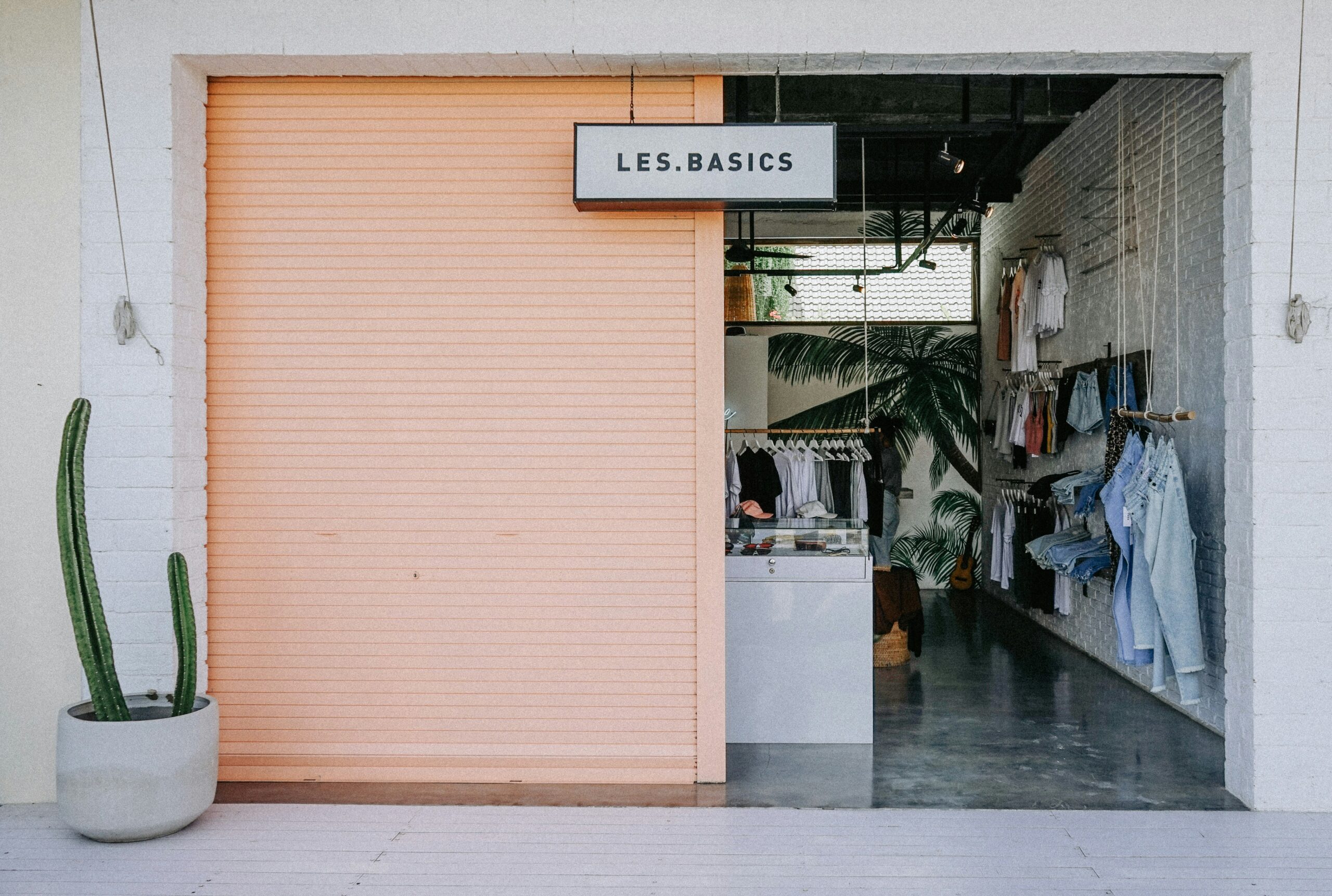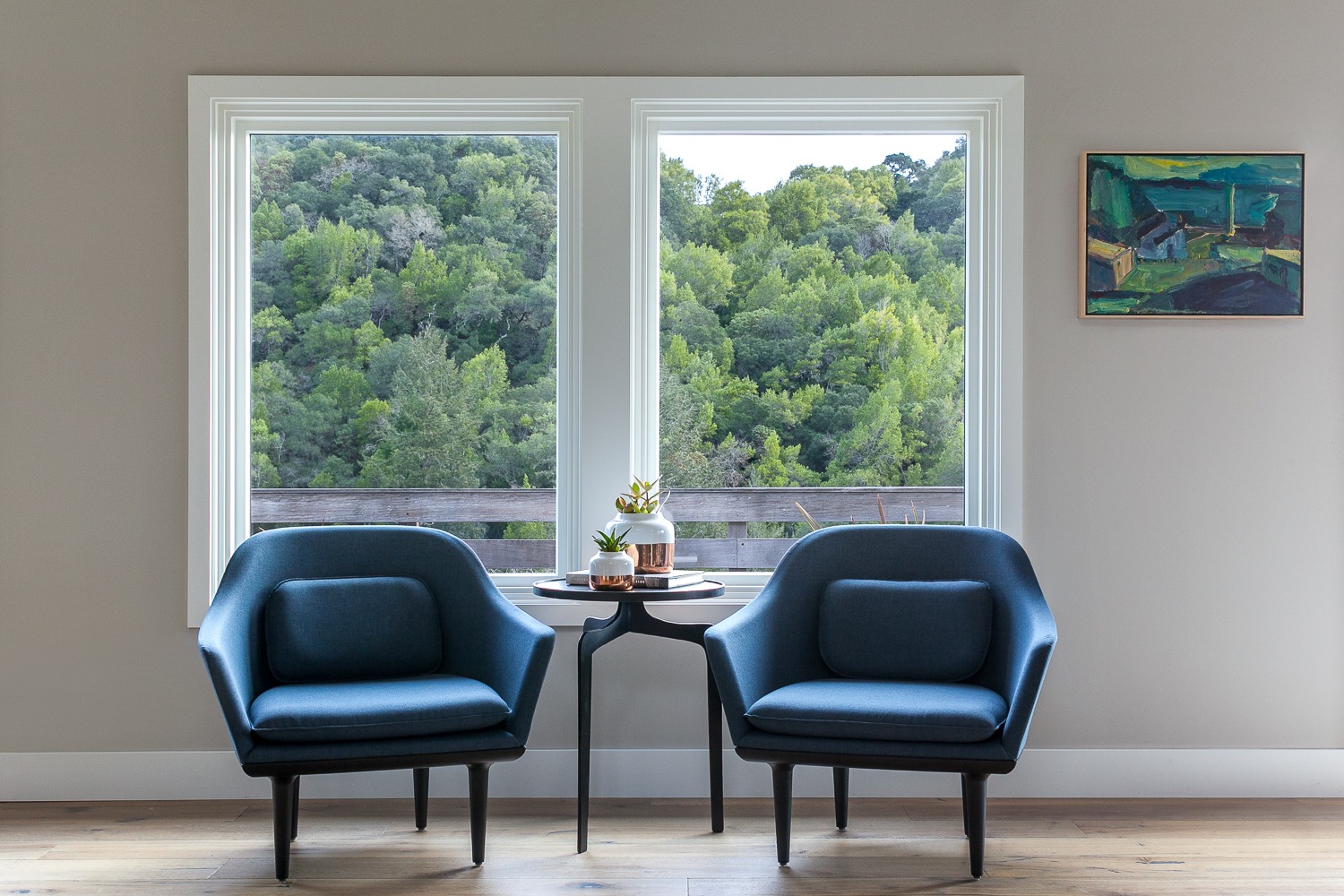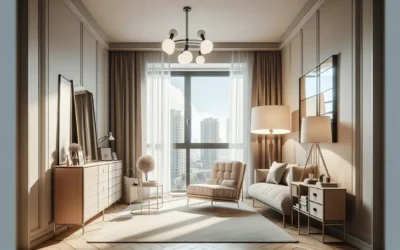Challenges of small retail spaces
Small retail spaces can present challenges for maximizing the use of space and creating an attractive shopping environment. Limited space can make it difficult to display products effectively, create a comfortable shopping experience, and accommodate storage needs. Additionally, small retail spaces may struggle with limited foot traffic and visibility, impacting sales and customer engagement. Innovative design strategies are essential to overcome these challenges and make the most of the available space while enhancing the customer experience.

Importance of innovative design strategies
Innovative design strategies are crucial for making the most out of small retail spaces. Creative designs can help maximize the use of available space, optimize traffic flow, enhance the customer experience, and showcase products effectively. These strategies allow retailers to create a visually appealing and functional environment that can attract more customers and ultimately lead to increased sales and customer satisfaction.
Understanding customer flow and product placement
To make the most of your small retail space, it’s important to understand how customers move through your store and where to place your products for maximum impact. By strategically placing your items and considering customer flow, you can create a more inviting and efficient shopping experience.
- Placing popular or high-margin items near the entrance can encourage impulse purchases.
- Use focal points or feature displays to draw customers further into the store and showcase key products.
- Arrange aisles and pathways to guide customers through the store in a logical and appealing way.
- Consider the natural flow of foot traffic and position products accordingly to increase visibility and accessibility.
Maximizing visual appeal
To maximize the visual appeal of your small retail space, focus on creating an eye-catching window display to attract potential customers. Utilize lighting and color schemes to make your products stand out, and ensure that the layout is well-organized to create an inviting atmosphere. Consider using adjustable shelving and displays to optimize the use of space and keep the area clutter-free. Incorporate mirrors to create the illusion of a larger space and choose smaller, multi-functional furniture to accommodate various product displays. By implementing these strategies, you can enhance the visual appeal of your small retail space and draw in more customers.
Creative storage solutions
Small retail spaces often demand creative storage solutions to optimize the limited space available. To make the most of a compact area, consider utilizing underutilized spaces such as vertical shelving, hanging racks, and stackable storage bins. Additionally, multi-functional furniture like ottomans with built-in storage or tables with drawers can serve dual purposes, maximizing both storage and display options. Modular shelving and removable partitions are also effective in creating flexible storage arrangements that can be easily adjusted according to the merchandise and layout changes.
Utilizing vertical space effectively
To make the most of limited retail space, consider using vertical shelving, display stands, and hanging racks. By utilizing the upward space, you can free up floor space for customer movement and product displays. Additionally, installing wall-mounted shelves and using high shelving units can help you maximize the available space. Remember that a well-organized and visually appealing vertical display can attract customers’ attention and maximize your retail potential.
Incorporating multifunctional furniture and fixtures
To maximize small retail spaces, you can incorporate multifunctional furniture and fixtures. This includes items like shelving units that also serve as display tables, storage ottomans that can double as seating, and modular furniture pieces that can be rearranged to fit different needs. By utilizing multifunctional items, you can optimize your retail space and provide flexibility for different display layouts and customer interactions.
Lighting and color schemes for small spaces
When designing small retail spaces, it’s important to focus on the right lighting and color schemes to make the space appear larger and more inviting. Here are a few key points to consider:
- Lighting: Proper lighting is essential in small spaces to create an open and bright atmosphere. Consider using LED lights to save space and energy. Use a combination of ambient, task, and accent lighting to create depth and visual interest.
- Color Schemes: Opt for light, neutral colors to make the space feel airy and open. Using light colors such as whites, pastels, and soft tones can visually expand the space. Consider incorporating pops of brighter colors as accents to add personality without overwhelming the area.
Remember, keeping the lighting and color schemes simple and cohesive can create a pleasant and spacious shopping environment in small retail spaces.
Technology integration for enhanced customer experience
Integrating technology can enhance the customer experience in small retail spaces. Consider the use of interactive touchscreens for virtual product demonstrations and mobile payment options for quick and convenient transactions. Utilizing smart lighting and beacon technology can also improve the overall shopping experience by highlighting specific products and sending targeted promotions to customers’ smartphones. By embracing technology, small retailers can create a modern and engaging environment that encourages customer interaction and boosts sales.
Summary: Creating impactful retail spaces
To create impactful retail spaces, you can utilize innovative design strategies that maximize the potential of small areas. By incorporating clever layout and display solutions, you can make the most of limited space, attract customers, and enhance the shopping experience. Make use of lighting, creative shelving, and versatile furniture to create a visually appealing and functional retail environment. Effective visual merchandising also plays a crucial role in highlighting products and enticing customers to make purchases. Paying attention to details and incorporating a cohesive design theme throughout the store can leave a lasting impression on shoppers.
Get Started Today
Let Rachel Blindauer help you think through your project starting with a complimentary consultation.



